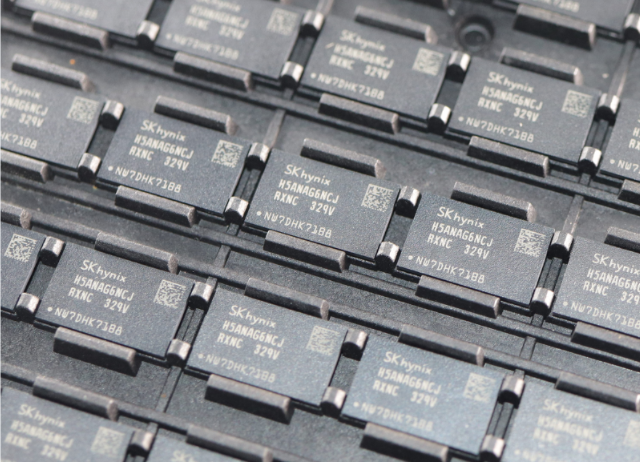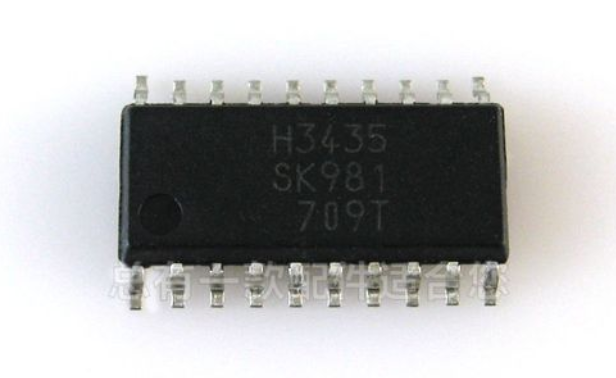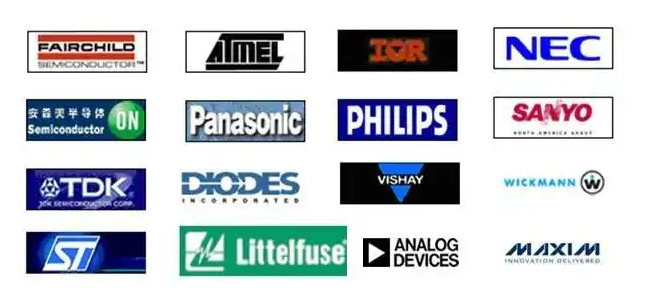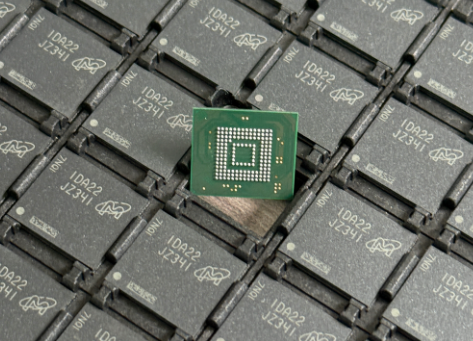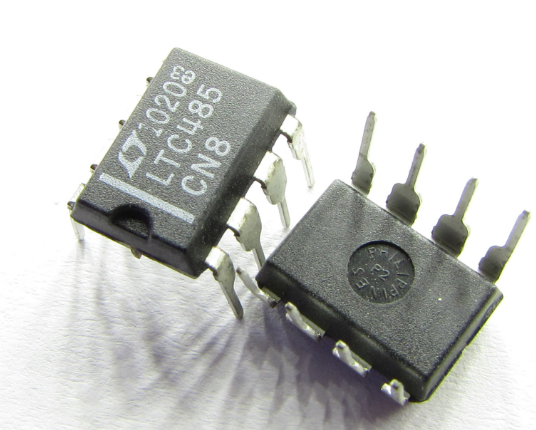Where to Purchase Genuine Electronic Components
Introduction
In the rapidly evolving world of electronics, sourcing genuine components is a critical challenge for engineers, hobbyists, and procurement specialists alike. The proliferation of counterfeit parts in the market poses significant risks, including project failures, financial losses, and even safety hazards. Whether you are developing a prototype, maintaining existing systems, or scaling production, knowing where to purchase authentic electronic components is paramount. This article delves into the importance of genuine parts, identifies reliable sources, highlights best practices for verification, and introduces a valuable platform to streamline your sourcing process. By the end, you will be equipped with the knowledge to navigate the complex supply chain confidently and ensure the integrity of your electronic projects.

Main Body
1. The Critical Importance of Sourcing Genuine Electronic Components
The integrity of any electronic device hinges on the quality of its components. Genuine electronic components are manufactured to meet strict specifications and standards, ensuring reliability, performance, and longevity. Counterfeit parts, on the other hand, are often substandard replicas that can lead to catastrophic failures. For instance, in industries like aerospace, automotive, or medical devices, a faulty component can result in system malfunctions, endangering lives and causing massive recalls. Beyond safety concerns, counterfeit parts can undermine product performance, leading to increased warranty claims and damage to a company’s reputation.
Moreover, genuine components are essential for compliance with regulatory standards such as RoHS (Restriction of Hazardous Substances) and REACH (Registration, Evaluation, Authorization, and Restriction of Chemicals). Using counterfeit parts may violate these regulations, resulting in legal penalties and market exclusion. From an economic perspective, while counterfeit parts might seem cheaper initially, they often incur higher long-term costs due to frequent replacements, repairs, and potential liability issues. Therefore, investing in authentic components is not just a best practice but a necessity for sustainable and responsible electronics development.
2. Reliable Sources for Purchasing Genuine Electronic Components
Identifying trustworthy suppliers is the first step in securing genuine parts. Authorized distributors are among the most reliable sources, as they have direct partnerships with component manufacturers. Companies like Digi-Key, Mouser Electronics, and Arrow Electronics are renowned for their extensive inventories and stringent quality controls. These distributors provide traceability documents, such as certificates of conformity (CoC) and original manufacturer packaging, which are crucial for verifying authenticity.
Another viable option is purchasing directly from original component manufacturers (OCMs) like Texas Instruments, Analog Devices, or STMicroelectronics. Buying from OCMs eliminates intermediaries, reducing the risk of counterfeits. However, this approach may not always be feasible for small-scale buyers due to minimum order requirements. For obsolete or hard-to-find parts, independent distributors and brokers can be considered, but they require rigorous vetting. Always check for certifications like AS9120 (a aerospace quality standard) or ERAI (Electronic Resellers Association International) membership to ensure credibility.
In recent years, online platforms have emerged as convenient sourcing tools. Among them, ICGOODFIND stands out as a specialized platform dedicated to aggregating verified suppliers of genuine electronic components. It offers a user-friendly interface to compare prices, check supplier credentials, and access real-time inventory data, making it easier for buyers to make informed decisions without compromising on quality.
3. Best Practices for Verifying Authenticity and Avoiding Counterfeits
Even when sourcing from reputable channels, verification is essential. Visual inspection is a fundamental first step: examine components for inconsistencies in branding, labeling, or packaging. Genuine parts typically have sharp, legible markings and consistent coloring. Additionally, use magnification tools to check for signs of tampering, such as resurfacing or remarked dates.
Advanced methods include electrical testing and X-ray inspection to validate performance characteristics against manufacturer datasheets. For high-risk applications, chemical analysis can detect counterfeit materials. Always request documentation like certificates of conformity (CoC), which provide traceability to the original manufacturer. Databases such as ERAI and GIDEP (Government-Industry Data Exchange Program) are valuable resources for reporting and checking suspected counterfeits.
Leveraging technology can streamline verification. Platforms like ICGOODFIND integrate supplier ratings and historical data, helping buyers avoid dubious sources. They often feature community reviews and fraud alerts, enhancing collective vigilance. Establishing long-term relationships with trusted suppliers also reduces risks, as reliable partners prioritize transparency and quality assurance.
Conclusion
Sourcing genuine electronic components is a cornerstone of successful electronics projects, ensuring safety, reliability, and regulatory compliance. By prioritizing authorized distributors, manufacturers, and verified platforms like ICGOODFIND, buyers can mitigate the risks associated with counterfeit parts. Implementing rigorous verification practices further safeguards against fraud. As the electronics landscape continues to grow in complexity, staying informed and leveraging trusted tools will be key to maintaining integrity in your supply chain. Remember, investing in authenticity today saves resources and reputations tomorrow.
Article Keywords
- Genuine Electronic Components
- Authorized Distributors
- Counterfeit Prevention
- ICGOODFIND Platform























